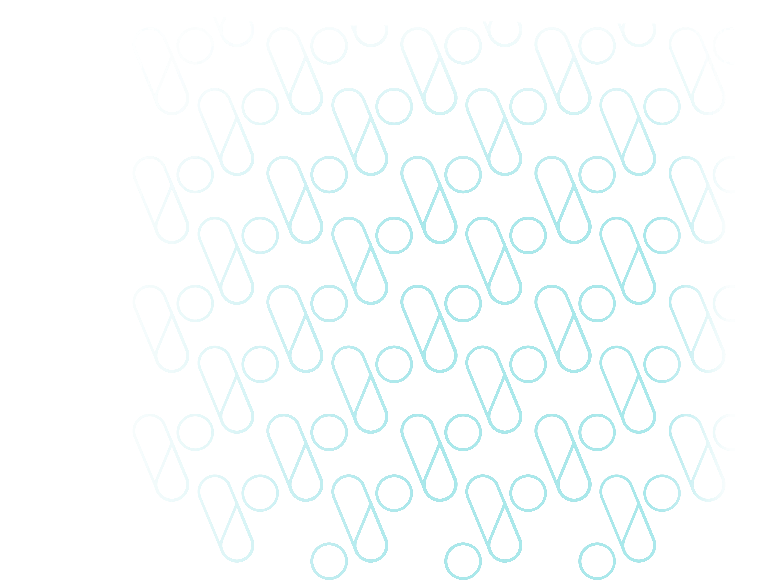A freebirth is when a woman makes a conscious decision to give birth without the support of a registered health professional, such as a midwife or doctor registered with the Australian Health Practitioners Regulation Agency (AHPRA).
This differs from a planned homebirth, where a woman’s health and pregnancy have been assessed by trained AHPRA registered professionals, who use clinical evidence to guide their recommendations and care.1,2
Birth attendants and doulas can provide valuable emotional and physical support during pregnancy and birth. However, they are not registered health professionals and are not trained to offer clinical advice or care, nor can they respond to medical emergencies if complications arise.
Safer Care Victoria (SCV) and the Consultative Council on Obstetric and Paediatric Mortality and Morbidity (CCOPMM) respect every woman’s right to choose her preferred model of maternity care and place of birth. We also acknowledge that the decision to freebirth can be influenced by a range of complex and deeply personal factors, including past experiences, cultural considerations, access to healthcare and financial or logistical challenges.3-7
At the same time, we recognise that freebirth can carry risks, including potential complications during labour and birth, that may require urgent medical care. In recent years, there has been an increase in freebirths in Victoria and unfortunately, some have resulted in poor outcomes for mothers and babies, such as severe bleeding in the mother or breathing problems in the baby leading to long term health issues or even death.
SCV and CCOPMM strongly encourage women and families to seek care from trained AHPRA registered professionals, who can provide medical support when needed, helping to ensure the safest possible outcomes for mother and baby.
For more information on maternity services and birthing in Victoria, visit https://www.vic.gov.au/having-a-baby or contact your nearest public or private maternity care provider.
This statement uses the terms ‘woman’, ‘her’ and ‘mother’ which is intended to be inclusive of anyone who may use other self-identifying terms and aims to encompass all for whom this statement is relevant.
References
- Safer Care Victoria Homebirth Guidance. Available from: https://www.safercare.vic.gov.au/maternity-ehandbook/homebirth.
- Scarf VL, Rossiter C, Vedam S, Dahlen HG, et al. Maternal and perinatal outcomes by planned place of birth among women with low-risk pregnancies in high-income countries: A systematic review and meta-analysis. Midwifery. 2018 Jul;62:240-255. doi: 10.1016/j.midw.2018.03.024. Epub 2018 Apr 3. PMID: 29727829.
- The NSW Legislative Council inquiry into birth trauma: Available from: https://www.parliament.nsw.gov.au/tp/files/188640/Report%20No%201%20-%20Birth%20Trauma%20-%20Tabled%2029%20May%202024.pdf
- Jackson, M.K., Schmied, V. & Dahlen, H.G. Birthing outside the system: the motivation behind the choice to freebirth or have a homebirth with risk factors in Australia. BMC Pregnancy Childbirth 20, 254 (2020). Available from: https://doi.org/10.1186/s12884-020-02944-6
- Norton J. Why women freebirth: a modified systematic review. MIDIRS Midwifery Digest. 2020 Dec 1;30(4):509-14.
- Elizabeth Christine Rigg, et al. A survey of women in Australia who choose the care of unregulated birth workers for a birth at home, Women and Birth, Volume 33, Issue 1, 2020, Pages 86-96, ISSN 1871-5192. Available from: https://doi.org/10.1016/j.wombi.2018.11.007.(https://www.sciencedirect.com/science/article/pii/S1871519218306607)
- Trauma-Informed Care Implementation Resource Center. Health Care Strategies. 2024. Available from: What is Trauma-Informed Care? - Trauma-Informed Care Implementation Resource Center (chcs.org)

